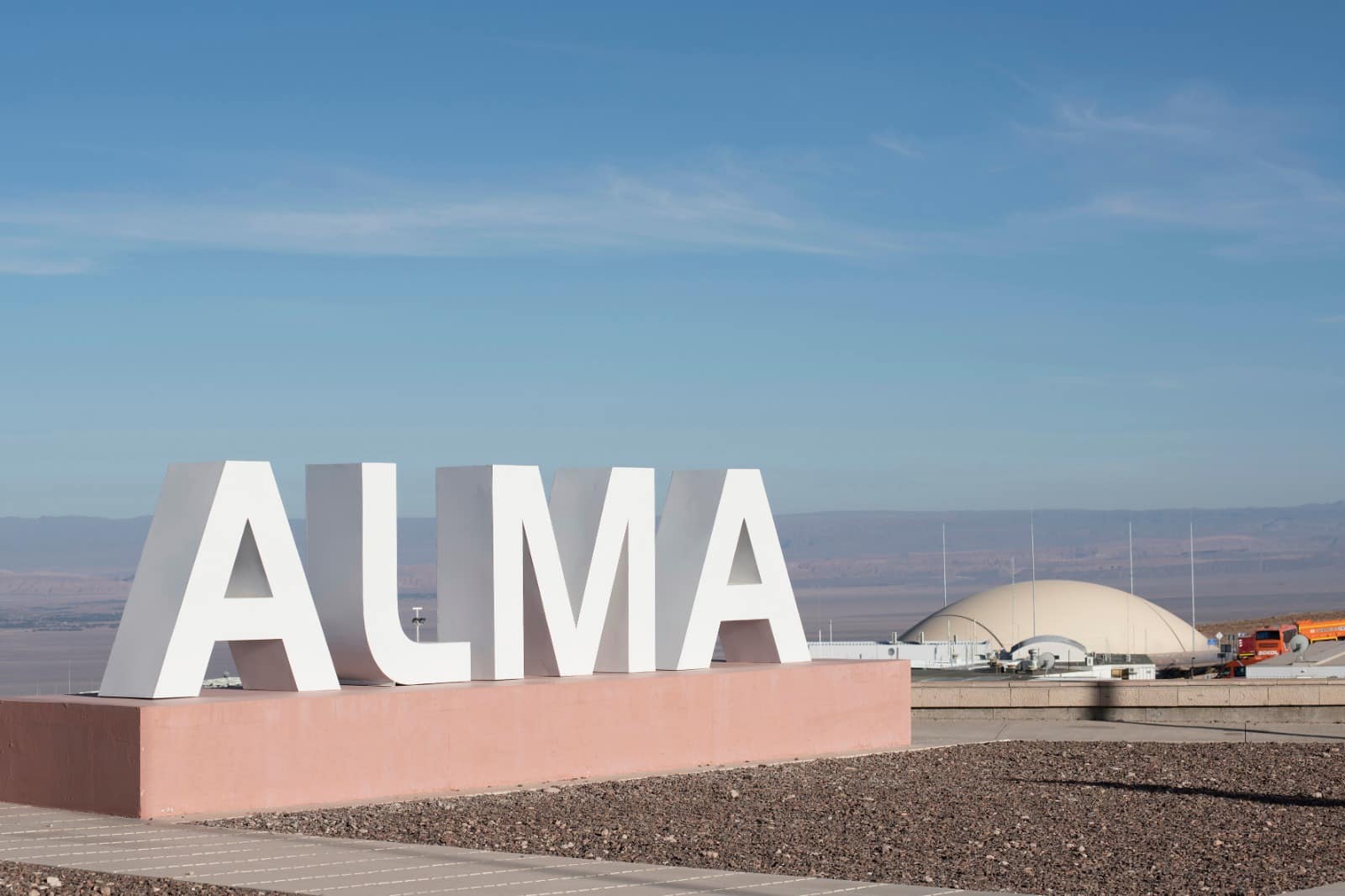The Atacama Large Millimeter/submillimeter Array (ALMA) project is one of the world’s most advanced astronomical observatories. Located in San Pedro de Atacama, Chile, ALMA is a collaboration between international partners, including the National Science Foundation (NSF), the National Institutes of Natural Sciences (NINS) of Japan, and the European Southern Observatory (ESO).
The observatory is designed to study the origins and evolution of the universe through millimeter and submillimeter astronomy. However, the observatory workers faced a challenge due to the extreme weather conditions of the area, which limited the use of their outdoor court. To address this issue, they decided to construct an innovative multi-purpose court that could withstand the toughest winds, sandstorms, snow, torrential rains, and hottest weather.
The construction of this court was entrusted to the Sergenco construction company, which designed a double-pressurized membrane specifically for this purpose. The court has over 1,200 square meters of space and is fully resistant to the harsh weather conditions of the area. Additionally, its cover is designed to prevent light pollution, ensuring that the observatory’s operations are not impacted.
The innovative design of the court includes a double-pressurized membrane that is specially designed to withstand the strongest winds and sandstorms, as well as snow, torrential rains, and the hottest weather. The membrane is made of PVC and is separated by an air chamber, which acts as an insulating layer to protect against temperature fluctuations.
According to Diego Huidobro, the project manager, the infrastructure’s base is 3.5 meters below the surface to take advantage of geothermal energy. Wooden beams support the covering, which is designed to prevent the passage of light to the outside and can withstand even the harshest snow and sandstorms.
The ALMA project is a perfect example of how innovation and sustainability can work together to overcome the most challenging environmental conditions. By incorporating cutting-edge technology and design, the observatory workers have created a multi-purpose court that is not only functional but also environmentally friendly.
Furthermore, the court is also an important addition to the observatory’s infrastructure. It provides a space for the observatory workers to engage in recreational activities during their free time, as well as a venue for community events.
The construction of the court was based on the desires and needs of the observatory workers. The previous court was located outdoors, limiting its use to favorable weather conditions. Therefore, the multi-purpose court was designed to provide a versatile space that can be used year-round, regardless of weather conditions.
In conclusion, the ALMA project’s multi-purpose court is a testament to the ingenuity and determination of the observatory workers. Their innovative design has enabled them to enjoy a fully functional court, no matter the weather conditions, and it serves as a reminder of how humans can adapt and thrive in even the most extreme environments.











